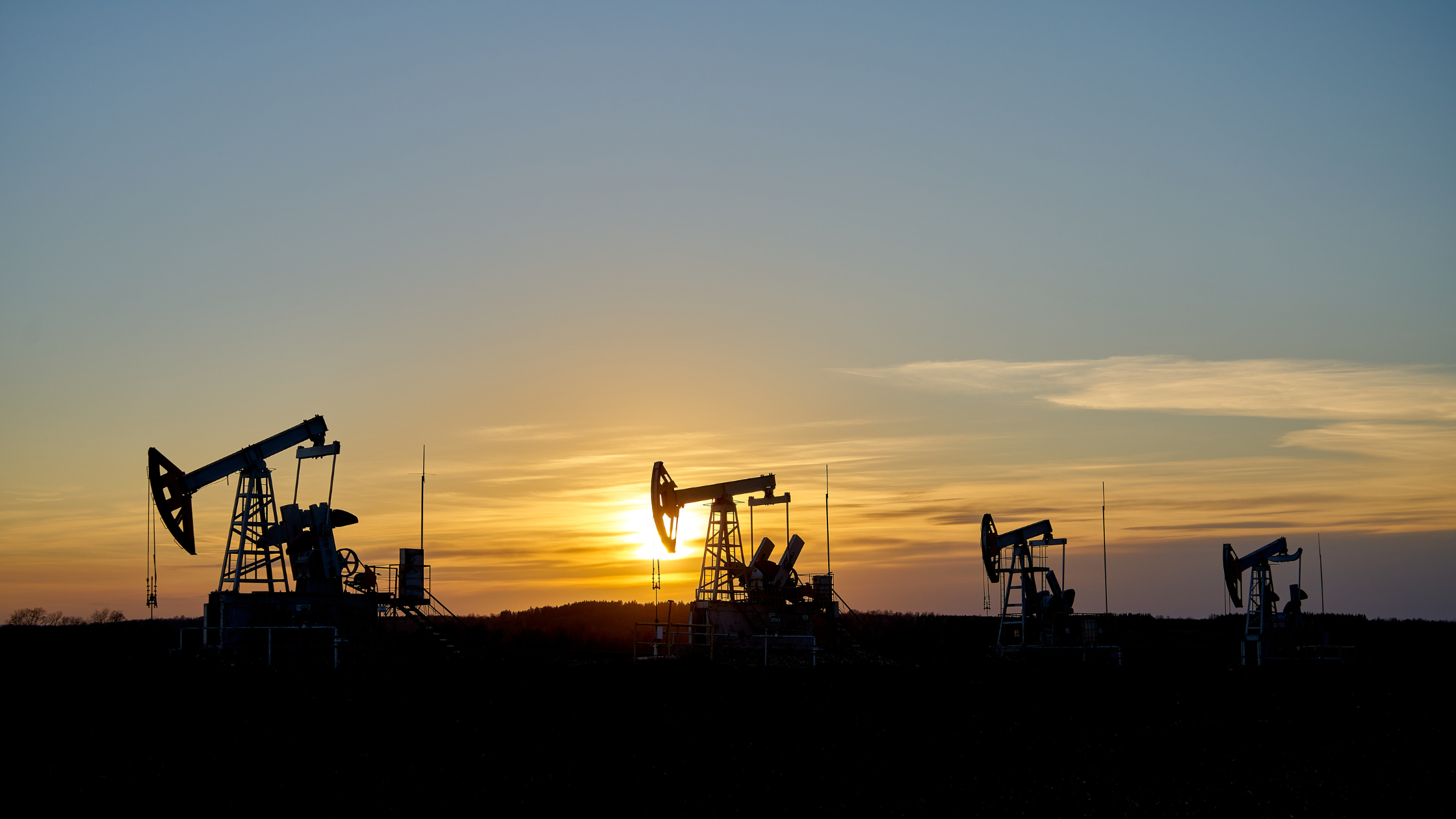
OPEC raises global oil demand forecasts, contradicting IEA forecasts: report
What’s happening? The Organization of the Petroleum Exporting Countries (OPEC) has raised its medium and long-term global oil demand forecasts in its 2023 World Oil Outlook. Its analysis contradicts other forecasts – including those by the International Energy Agency (IEA) – that claim oil demand could peak before 2030. OPEC said $14tn of investment would be required up to 2045 to meet this demand, up from the $12.1tn predicted last year. OPEC anticipates that global oil demand will rise to 116 million barrels a day (bpd) by 2045, up 6 million bpd from last year’s estimate, with China and India among those driving demand. (Reuters)
Why does this matter? OPEC is seeking to situate its revised outlook within the context of a supposed pushback against net-zero policies, referencing the decisions by some governments and companies to slow the pace of their move away from fossil fuel use in its latest World Oil Outlook. Speaking at the launch of the report in Riyadh, OPEC Secretary General Haitham Al Ghais argued that people are now expressing “concerns about the costs and actual benefits of net-zero targets”. As a result, OPEC is calling for oil to be part of the energy transition.
Contrasting viewpoints – OPEC’s stance on oil consumption differs sharply from that of the International Energy IEA. In September, Fatih Birol, the Executive Director of the IEA, argued that global consumption of coal, oil and natural gas could peak by 2030. In response, OPEC published a statement which described attempts to see fossil fuel use peak by that date as “an extremely risky and impractical narrative”. The statement added that calls to end investment in new oil and gas projects could “set the global energy system up to fail spectacularly”. In 2021, an IEA report argued that there could be no new oil investment if the world was to avoid the worst impacts of climate change. Such disagreements over peak oil are likely to feature heavily in discussions at the UN COP28 climate conference due to be held in the UAE in November and December.
Unpredictable forecast – OPEC’s latest World Oil Outlook also marks a departure from some of its own recent predictions. In 2020, after the Covid-19 pandemic affected oil demand, OPEC forecast that oil consumption would eventually decline. As oil use recovered, OPEC returned to its previous position of raising forecasts. However, while OPEC’s 2022 report expected global demand to flatline after 2035, its latest analysis claims that oil use will rise by a further 1.6 million bpd in the final 10 years of the period covered by the forecast.
OPEC’s 2023 World Oil Outlook also increases the group’s medium-term demand forecasts to 2028, based on robust demand in the current year. OPEC’s analysis argues that global oil demand will rise to 110.2 million bpd in 2028, up from 102 million bpd in 2023. The organisation also predicts that its member states will see their total share of the oil market increase to 40% by 2045, up from 34% last year. This will be linked to a decline in production from non-OPEC countries from the early 2030s.
The report argues that an expansion in the number of vehicles on roads across the world could also provide an opportunity for the oil sector. OPEC estimates there will be 2.6 billion vehicles on roads by 2045, a billion more than last year. OPEC claims that over 72% of these will use a combustion engine, despite electric vehicles constituting the quickest-growing segment.
Regional conflict – OPEC’s latest forecasts have taken on additional significance in the wake of events that occurred shortly after the report’s publication. The intensifying conflict between Israel and Gaza has led to speculation that the situation in the region could affect oil prices. An analysis by Larry Elliott in The Guardian argues that if the war is “contained to an Israeli ground assault on Gaza Strip” oil prices are likely to stabilize at their current price of approximately $93 per barrel, before falling back. If the conflict spreads further throughout the region to encompass Lebanon and even Iran, energy supplies could be undermined, leading to increasing oil prices, according to Nicholas Farr of Capital Economics. Writing for think tank OMFIF, Meghnad Desai said a conflict which saw other Arab states become involved could see the oil price rise to almost $150 per barrel.


